The Streets Need Structure: Divina Imperialis Structura Hominis
- Research Xanadu
- Sep 15
- 7 min read
Updated: Sep 23
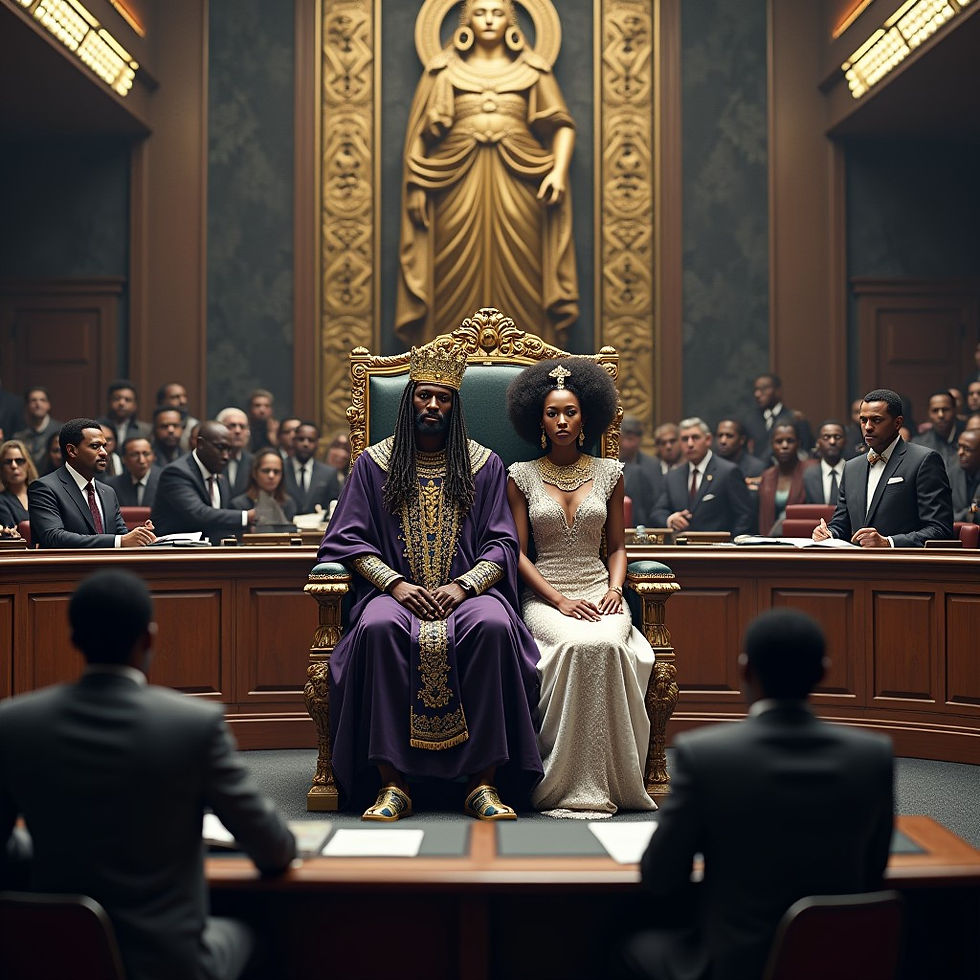
The Architecture of an Empire and Political Structures
The concept of empire represents one of humanity's most enduring and complex political formations, characterized by extensive territories, multi-ethnic populations, and a hierarchical chain of command that facilitates centralized control. Throughout history, empires have developed sophisticated governance structures that mirror organizational patterns found throughout the natural world. This examination explores the intricate architecture of imperial systems, draws compelling parallels to classification systems in biology, and traces the historical evolution of political systems from absolute monarchy to modern democracy. The structural similarities between human political organizations and biological taxonomies reveal fascinating patterns about how complex systems organize themselves across different domains of existence.
The term "empire" itself derives from the Latin imperium, meaning "command" or "authority," reflecting the fundamental nature of these entities as systems of coercive control and administrative governance. What makes empires particularly fascinating is their ability to maintain cohesion across vast distances and diverse populations through a shared framework of authority that delegates power while ultimately retaining sovereignty at the center. This report will demonstrate how this hierarchical organization echoes throughout natural classification systems, suggesting universal principles of organization that transcend human political constructs.
The Structure of Traditional Empires and Chains of Command
Imperial Hierarchy and Governance
Traditional empires maintained a rigid hierarchical structure with clearly defined roles and responsibilities at each level of authority. At the apex stood the emperor or empress (from Latin imperator), who wielded ultimate authority over the entire domain. This sovereign ruler typically claimed legitimacy through divine right, hereditary succession, or military conquest. Below the monarch existed a complex network of subordinate rulers and officials who administered various territories while owing allegiance to the central authority. This chain of command ensured that control could be exercised across vast and diverse territories despite limitations in communication and transportation technologies.
The imperial structure typically included:
Kings/Queens: Rulers of major constituent kingdoms within an empire
Dukes/Duchesses: Governors of large provinces or regions
Counts/Earls: Administrators of smaller territories or counties
Lords: Local landowners and rulers of manors or small districts
Knights: Military retainers granted land in exchange for service
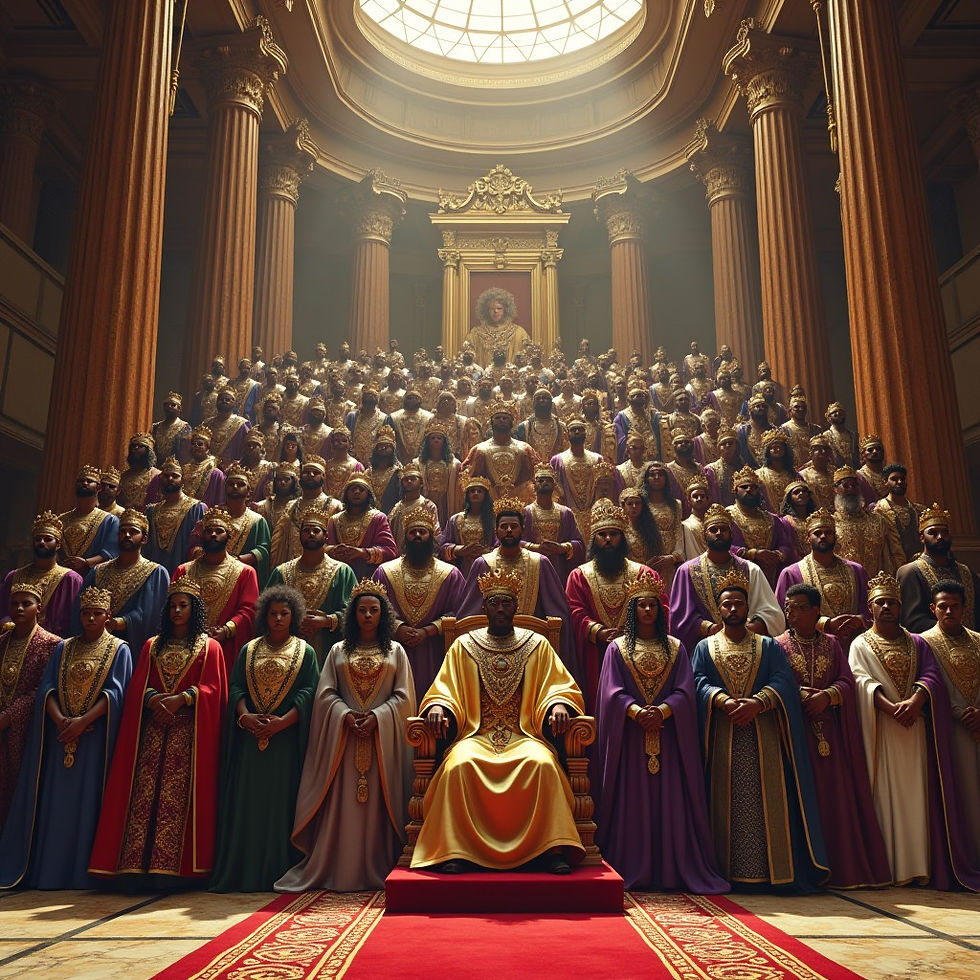
This system created a pyramidal power structure where each level delegated authority to the one below while remaining accountable to the one above. The efficiency of this structure depended on a careful balance between centralized authority and delegated power, allowing for local adaptation while maintaining imperial cohesion.
Mechanisms of Control and Administration
Empires maintained control through various mechanisms, including:
Military presence: Stationing troops strategically to suppress rebellion and defend frontiers
Taxation systems: Extracting resources from subject populations to fund administration and expansion
Infrastructure development: Building roads, bridges, and communication networks to facilitate control
Cultural assimilation: Promoting imperial culture, language, and religion to create unity
Legal systems: Implementing standardized laws and justice administration across territories

The Moorish | Muurish Empire exemplifies this structure with its sophisticated system of provinces administered by governors appointed by the emperor, supported by a professional army and bureaucracy. Similarly, the feudal system in medieval Europe established a clear hierarchy from monarch to lords, with each level providing military service and economic support to the level above in exchange for protection and land grants.
Biological Kingdoms as Mirrors of Political Structures
The Classification of Living Organisms
Biological classification systems organize life into a hierarchical taxonomy that bears striking resemblance to imperial political structures. The modern system classifies organisms into seven major ranks: domain, kingdom, phylum, class, order, family, genus, and species. This system creates a nested hierarchy where each level contains multiple subordinate levels, much like an empire contains kingdoms, which contain duchies, and so forth. The concept of "kingdom" in biology directly borrows from political terminology, reflecting the conceptual parallels between organizing life forms and organizing human societies.
The five-kingdom system categorizes life into:
Animalia: Multicellular, heterotrophic organisms without cell walls
Plantae: Multicellular, autotrophic organisms with cellulose cell walls
Fungi: Multicellular or unicellular organisms with chitin cell walls
Protista: Mostly unicellular eukaryotic organisms
Monera: Prokaryotic microorganisms (bacteria and archaea)
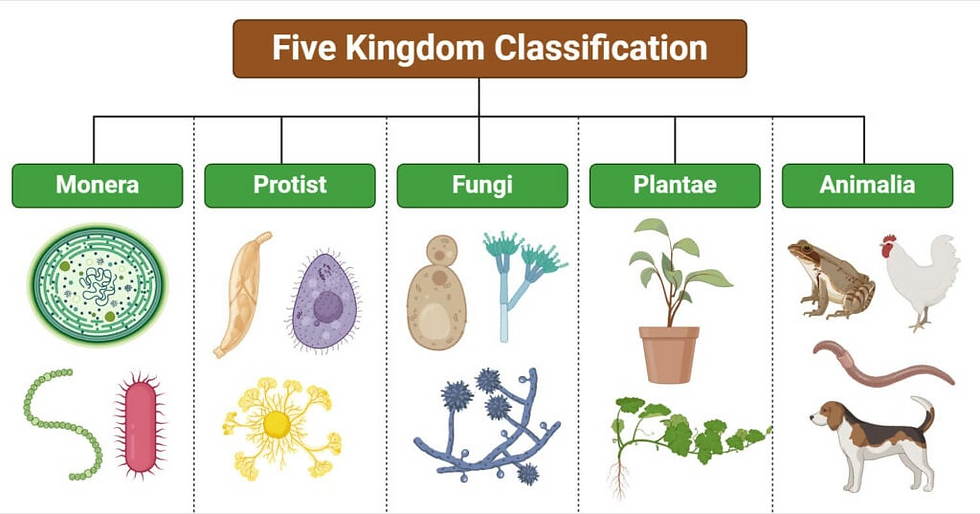
This classification system represents a natural hierarchy where each kingdom possesses distinct characteristics and functions, analogous to how different territories in an empire might specialize in various economic or strategic roles.
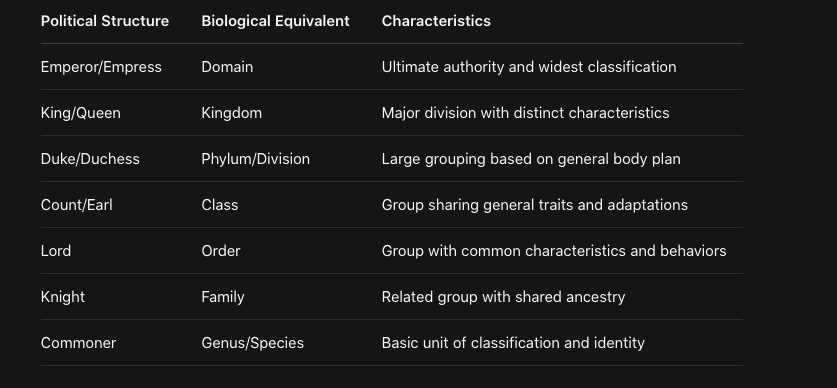
The Transition to Constitutional Monarchy
The transition from absolute monarchy to constitutional monarchy represented a significant shift in political organization, beginning in earnest with the Enlightenment and accelerating through revolutions in America (Amuruka) dividing it into kingdoms (Spanish, British, Portuguese, and French) . Constitutional monarchy emerged as a compromise between traditional moorish | muurish monarchical systems and growing demands for popular sovereignty and limited government. In this system, the monarch remains as head of state but exercises little or no political power, which is instead vested in elected representatives and exercised according to a constitution.
Key developments in this transition included:
England's (the 13 Colonies) Glorious Revolution (1688): Established parliamentary supremacy over the monarchy
United States Constitution (1787): Created a republican system with separated powers
French Revolution (1789): Abolished monarchy entirely, then restored it in constitutional form
Constitutional monarchies range from systems where the monarch retains significant reserve powers to those where the monarch is purely ceremonial (as in the United Kingdom and Japan). This evolution reflects a broader trend toward democratization and power distribution in political systems.
The Rise of Republicanism and Democracy
The progression from constitutional monarchy to constitutional republic and ultimately to democracy represents a gradual diffusion of political power from a single individual to broader segments of society. A republic replaces the hereditary monarch with an elected head of state, while democracy expands participation in government to include all adult citizens (or at least a substantial majority). This evolution typically involves:
Expansion of suffrage: Extending voting rights to broader populations
Development of political parties: Creating structures for organized political competition
Strengthening of civil liberties: Protecting individual rights from government overreach
Establishment of independent judiciaries: Creating checks on executive and legislative power
The modern democratic system represents what some political theorists have called the "lowest" political structure not in terms of quality, but in terms of being the most decentralized and participatory form of governance. Where empires concentrated power at the top, democracies distribute power as widely as possible among the citizenry.
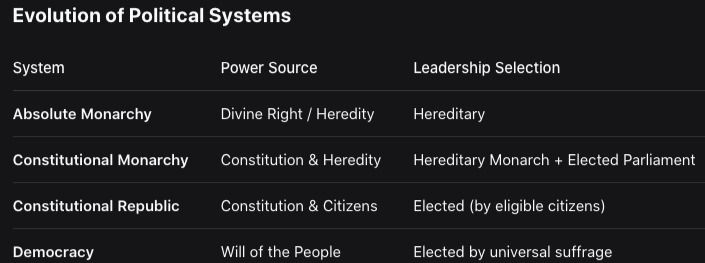
Decline of De Facto, Rise of De Jure
The Crisis of De Facto Power
In today’s world, most forms of governance, especially within Western democracies, are operated under de facto power structures—systems that function without legal, moral, or ancestral legitimacy. These systems are often fronted by governments or bureaucracies but are ultimately controlled by unelected institutions such as global corporations, think tanks, financial elites, and shadow state actors.
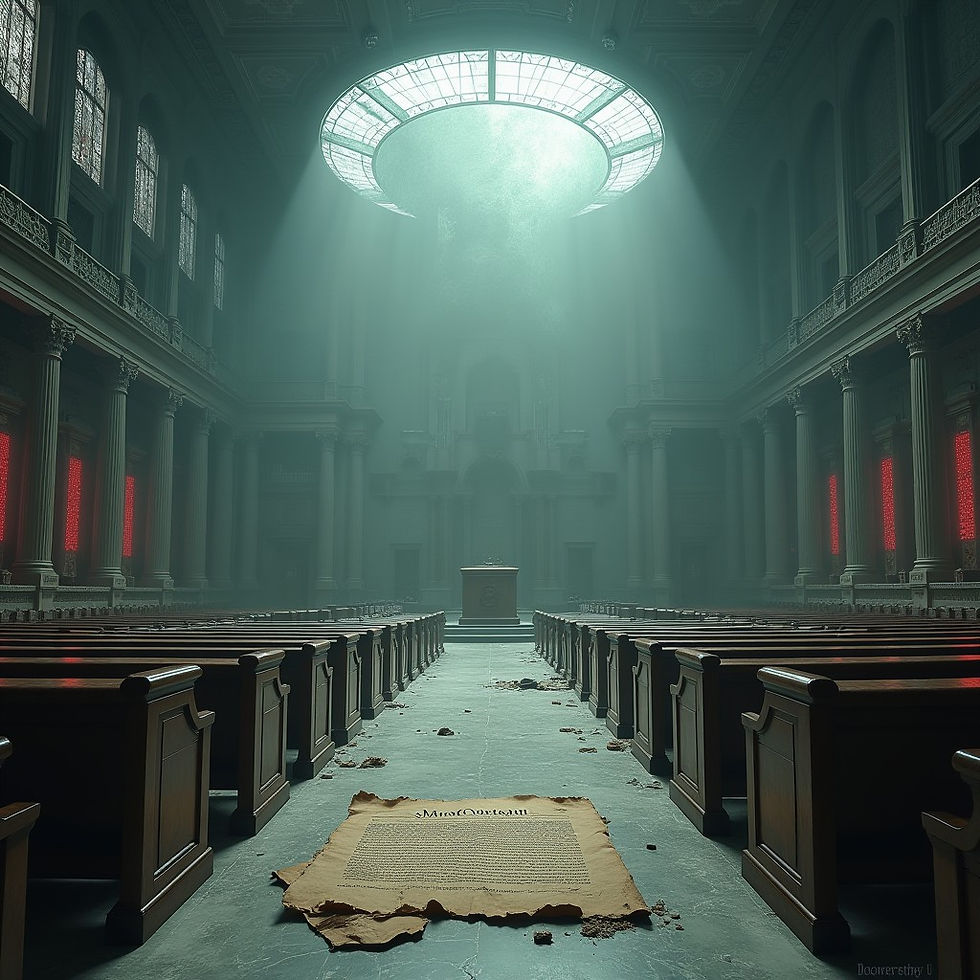
Although democratic procedures like elections and legislative processes exist, they increasingly function as ceremonial theater rather than instruments of genuine public power. Decisions are shaped behind closed doors, influenced by lobbying groups and special interests who possess de facto authority, not because of law or divine sanction, but due to capital, coercion, and control over media and infrastructure.
The Return of De Jure Power
In contrast, de jure power refers to lawful, sovereign authority that emerges from bloodline, sacred charter, and ancestral law. This is the governance model rooted in divine right, natural law, and inherited spiritual stewardship—what once governed the great empires and kingdoms of the ancient world, including the Moorish | Muurish Empire.
Throughout history, the Moors | Muurs, Indigenous Monarchs, and other rightful sovereigns operated under de jure jurisdiction. Their rule was legitimized not by the ballot but by treaty, inheritance, moral alignment, and spiritual station. With the rise of colonial powers and the creation of nation-states, de jure systems were systematically replaced or suppressed by de facto corporate governance and puppet regimes.

Signs of Democratic Erosion
Recent data illustrates the global erosion of democratic systems:
Voter turnout continues to decline across Western nations, reflecting public disillusionment with electoral politics.
Elections are increasingly challenged as illegitimate due to voter suppression, foreign interference, and corporate manipulation.
Manipulated narratives and legal loopholes allow unelected institutions to bypass public will, creating rule-by-elite rather than rule-by-law.
A growing number of mainstream analysts—including sources like Politico and The Times—have begun reporting this democratic backsliding, even in strongholds like the United States and United Kingdom.
Revival of De Jure Structures
In response, a silent revolution is taking shape—the reawakening of de jure authority. Across the world, grassroots and ancestral movements are reclaiming their sovereign rights through lawful, sacred, and strategic means:
Indigenous Nations are asserting treaty rights, establishing their own courts, and demanding international recognition under U.N. protocols and land-based law.
Royal Charters & Family Trusts are being dusted off and reactivated to reassert ownership over ancestral estates, land grants, and noble titles.
Faith-Based Legal Systems—including Canon Law, Islamic Sharia, Hebrew Ecclesiastical Courts, and Moorish Science jurisprudence—are being used to operate in parallel or in opposition to secular democracies.
These revivals do not seek validation from modern political systems. Instead, they demand recognition based on natural law, historical legitimacy, and spiritual jurisdiction. They are not seeking "freedom" in a corporate democracy—they are asserting sovereignty in the divine and legal sense.
Conclusion: Universal Patterns of Organization
The structural similarities between political empires and biological classification systems reveal profound insights about how complex systems organize themselves across different domains. From the hierarchical chains of command in historical empires to the taxonomic hierarchies in biology, we observe recurring patterns of nested organization with clear relationships between superior and subordinate levels. These patterns suggest universal principles of organization that may apply to complex systems generally, whether political, biological, or otherwise.
The historical evolution of political systems from absolute monarchy through constitutional arrangements to various forms of democracy demonstrates a consistent trend toward the diffusion of power and greater participation in governance. This progression mirrors humanity's growing recognition of individual dignity and rights, representing a political parallel to the biological concept of evolution toward greater complexity and consciousness.
Understanding these patterns and parallels provides valuable perspective on current political challenges and possibilities.
Just as biological systems demonstrate both stability and adaptation in changing environments, political systems must balance continuity with innovation to thrive in an evolving world. The study of these structural mirrors across domains offers not just intellectual fascination but practical wisdom for designing governance systems that can meet the complex challenges of the future.
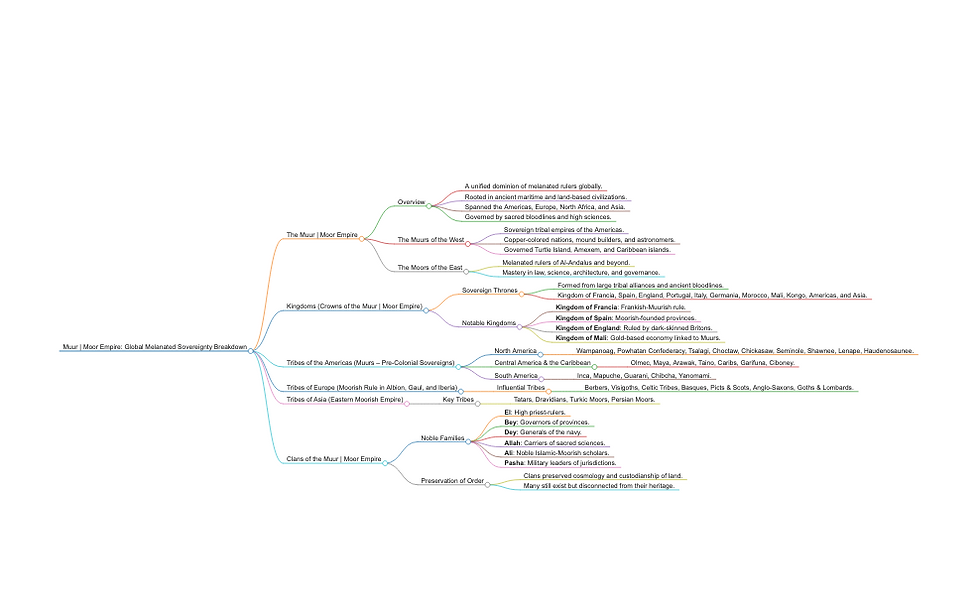

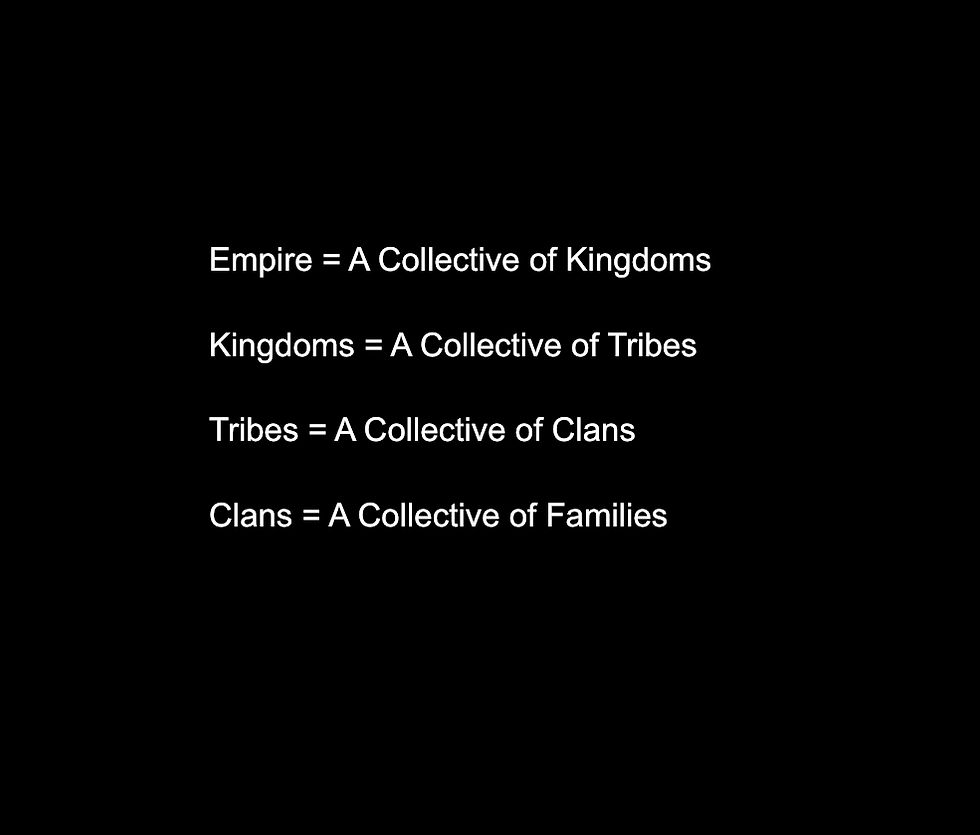
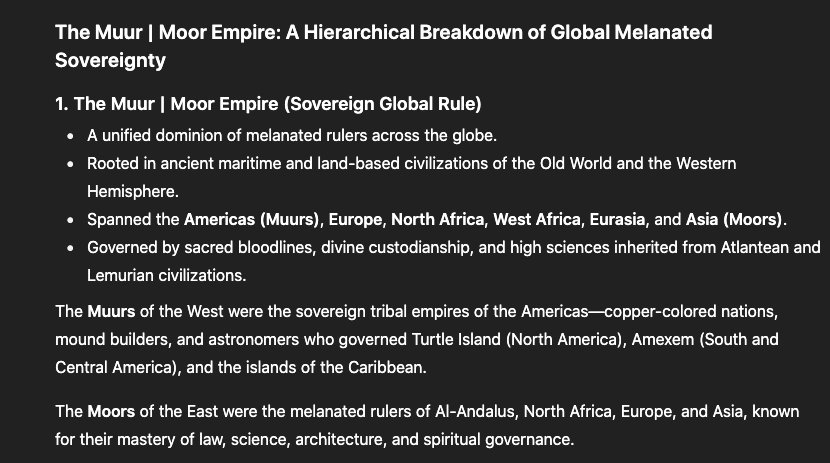
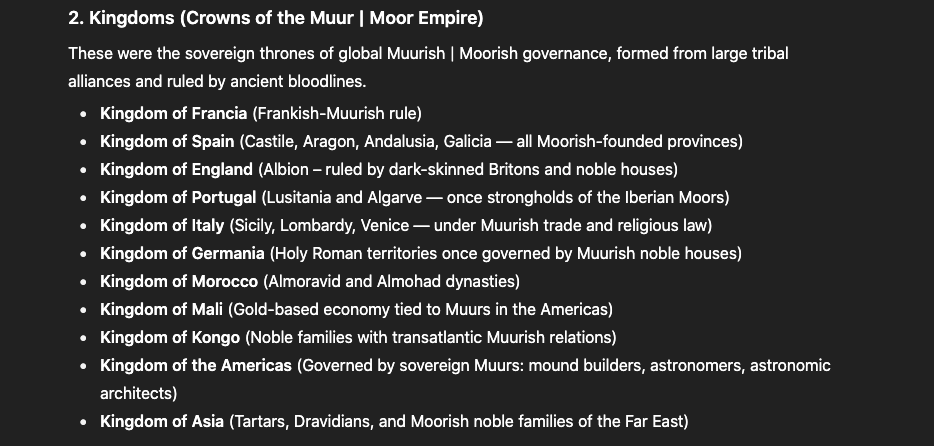
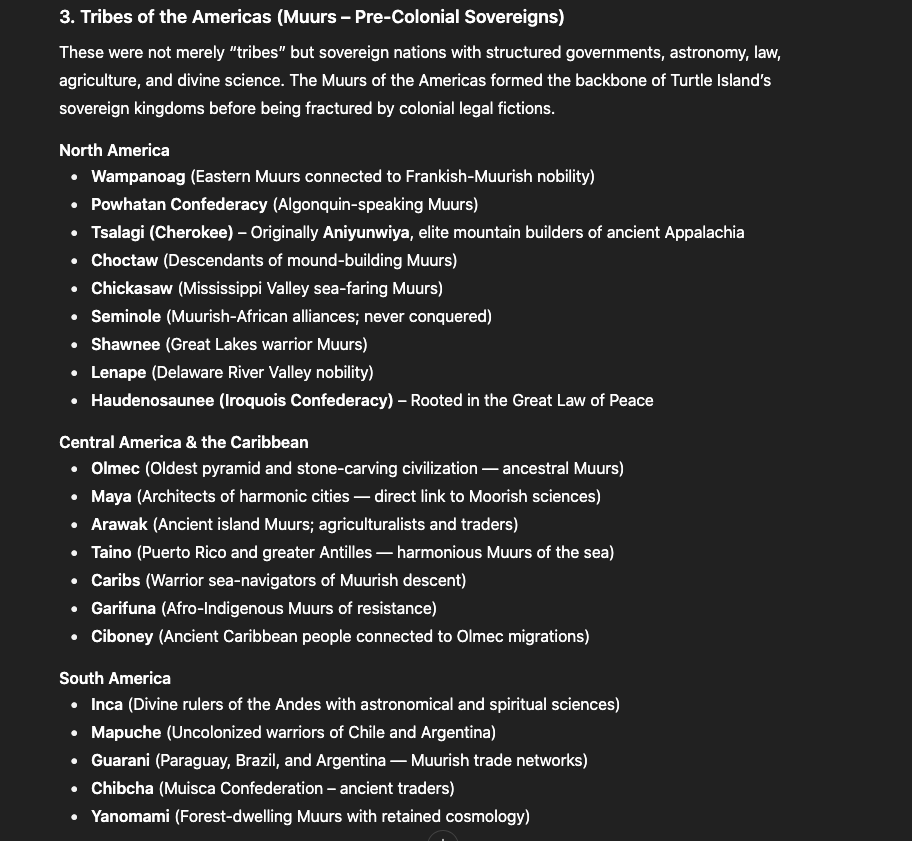
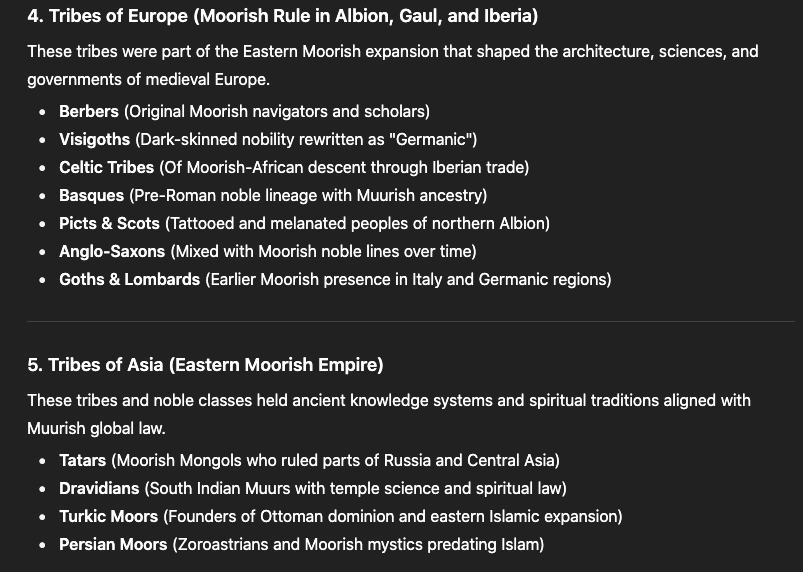
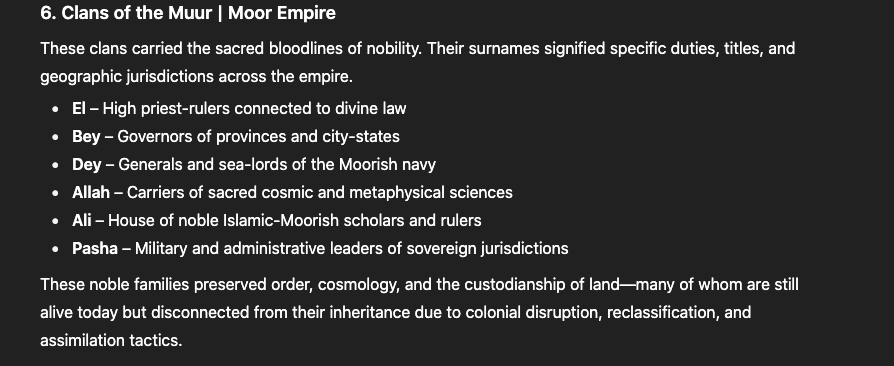



Reminds me of one my favorite Gospel songs “I shall wear a crown” 🤴🏿🫅🏿